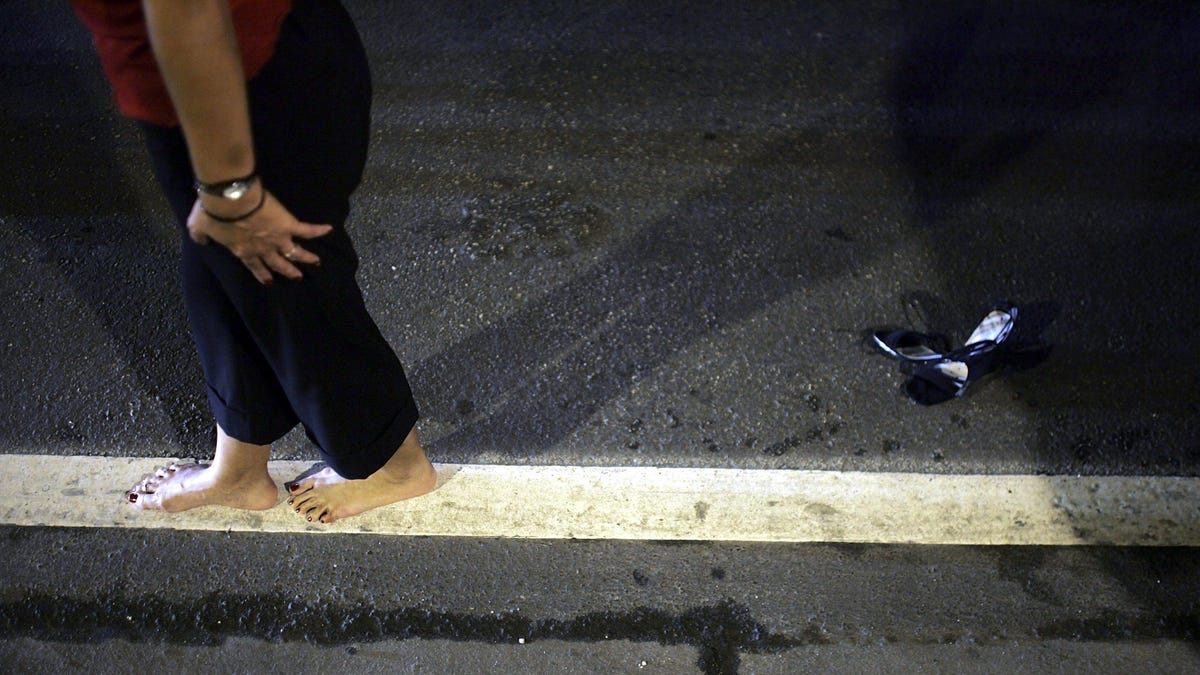
In an era where it seems like most new automotive technology developments are focused on automation or electrification, the United States Congress has mandated that automakers look to solving one of our more insidious human-made problems: Drunk driving.
Despite the laws, fines, and penalties that exist to deter drunk driving, people still get behind the wheel after consuming alcoholic beverages. And while there are plenty of folks who manage to get from the bar to their final destination intact, there are plenty who have also caused serious damage to themselves and to innocent bystanders. If we can’t deter people from driving drunk, maybe we can prevent them from driving at all.
That’s what Congress is trying to achieve as part of the $1 trillion infrastructure bill President Biden is expected to sign soon. We’ve covered different facets of this bill before, but this drunk driving bit does tend to get lost in the fray, and USNews just brought it back to the fore.
To put it quite simply, Congress wants automakers to install a new technology in new vehicles by 2026 that would prevent drunk driving. The Transportation Department still needs to do some digging into the kind of technology that would best prevent that, but once we have it, it’ll be expected that automakers selling cars in America would follow.
Right now, some convicted drunk drivers are required to blow into a breathalyzer tube that’s connected to the ignition interlock. If their blood alcohol level is too high, the vehicle won’t start, thus preventing that driver from hitting the road. But Sam Abuelsamid, principal mobility analyst for Guidehouse Insights, doesn’t think that’s practical. After all, would you really want to be forced to blow into a tube every single time you get behind the wheel?
G/O Media may get a commission
Instead, we’re likely going to be opting for something like infrared cameras that monitor driver behavior, the same ones that Level 2 Advanced Driver Assist Systems use to make sure you’re paying attention to the road. If you exhibit signs of intoxication — drowsiness, lack of attentiveness, slow reflexes, or other impairments — then the vehicle could be triggered to turn on hazard lights and pull over to the side of the road.
That solution still isn’t perfect; drunk drivers would still have the chance to get on the road before their car tells them to stop. But it could be better than nothing.
According to the National Highway Traffic Safety Association, nearly 30 percent of all people killed in traffic fatalities each year — about 10,000 people — are the result of drunk driving.
